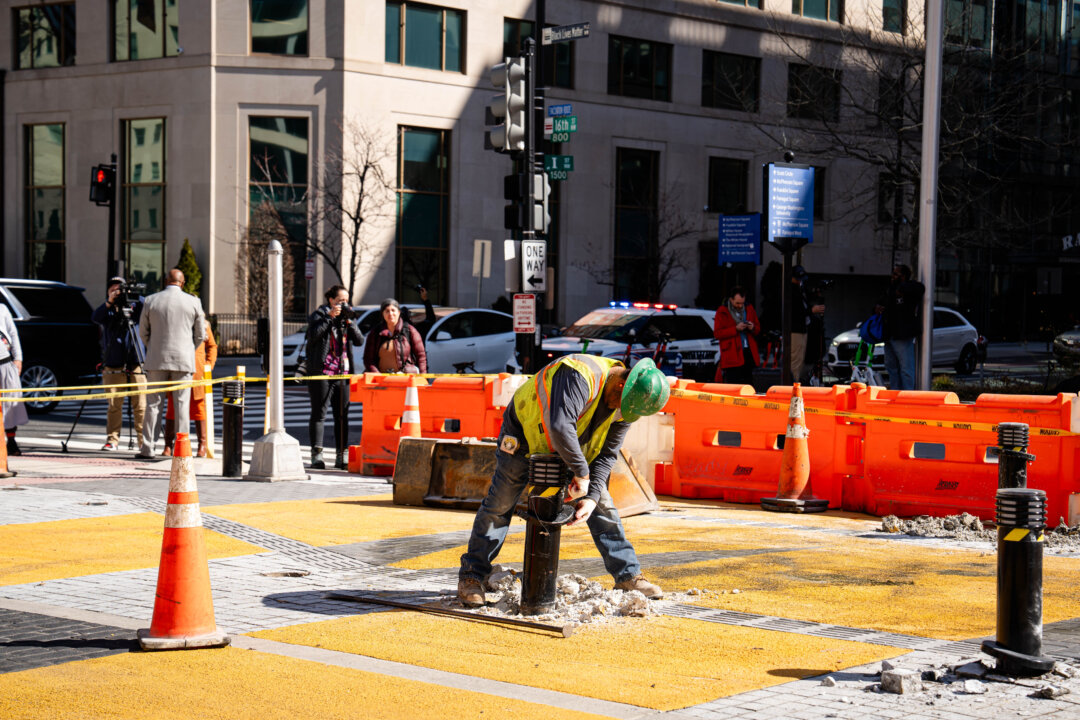Dismantling of Black Lives Matter Plaza Sparks Mixed Reactions
The removal of the Black Lives Matter mural in Washington, D.C. begins, drawing both support and criticism from different political factions.
Overview
Construction crews have commenced the removal of the Black Lives Matter mural near the White House, a controversial decision made by D.C. Mayor Muriel Bowser. The mural, painted in 2020 following extensive protests against police brutality, will be replaced with city-sponsored murals as part of a broader initiative. This decision has garnered mixed reactions, with conservatives celebrating its removal and progressives condemning the action as a capitulation to congressional pressures and a setback for racial justice movements.
Report issue

Read both sides in 5 minutes each day
Analysis
- The removal of the Black Lives Matter mural is seen as a significant loss for those who viewed it as a symbol of resilience and protest against systemic injustice.
- Mayor Muriel Bowser's decision to dismantle the mural reflects the broader political pressures faced by D.C. in light of a Republican-controlled Congress.
- The future replacement of the mural with city-sponsored art raises questions about the city's autonomy and the influence of partisan politics on local governance.
Articles (5)
Center (1)
FAQ
The removal of the Black Lives Matter mural was initiated following Republican threats to withhold federal funding from Washington, D.C. unless the mural was removed and the area renamed 'Liberty Plaza'.
The removal process is expected to last between six to eight weeks, depending on weather conditions.
The Black Lives Matter Global Foundation Network condemned the removal as an attempt to erase the strides made by Black people in demanding justice, calling it 'white supremacy masquerading as governance'[1].
History
- This story does not have any previous versions.



